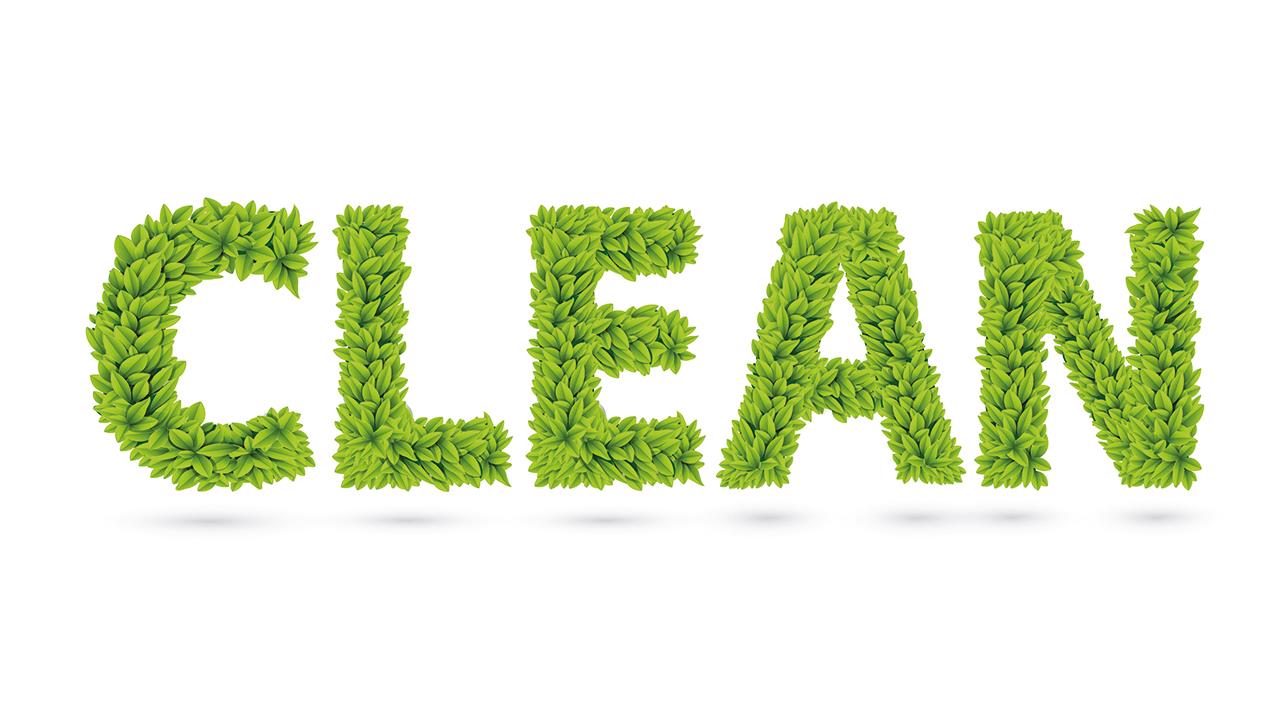

John Lawton, Technical Product Manager at Intergas Boilers, discusses the value of regular cleaning and dosing of the entire central heating system.
Reducing the impact of heating our homes has been of key concern to many of us for years. Various incentives like the Feed-in Tariff scheme have been and gone, the Green Deal has tried and failed, and the government drive to replace gas appliances with those that are powered by electricity or renewable energy will stall unless or until there’s a viable alternative energy infrastructure in place.
Meanwhile, recognising that 85% of domestic boilers are gas-fired, recent energy-saving initiatives have been very welcome. Two years ago, the government’s introduction of Boiler Plus (an amendment to Part L of the Building Regulations) placed the onus on the installer to take a more consultative role with customers, explaining the options based on their property and lifestyle, before proceeding with the boiler installation. Boiler Plus also makes it best practice to install controls that will help to improve the performance of the whole central heating system. For most installers, this is how they’ve always operated, but the guidance wasn’t aimed at them.
In May 2019, BS 7593:2019 was introduced. This gave the industry yet more guidance on cleaning, maintaining, and protecting the system when installing a boiler. To be compliant, an installer should fit an in-line system filter and chemically clean and flush the system. Again, this is ‘business as usual’ for the majority of installers, but a high proportion of boilers that fail in their first year still do so because of poor water quality. A failsafe method I use for cleaning, flushing, and redosing could be the answer.
Step one
Fill the system with mains cold water to 1.5bar and check for any leaks (rectify where necessary). Drain the system thoroughly making sure all drain cocks are fully open and that the system is completely drained.
Step two
Refill the system with mains cold water to 1.5bar and purge out the air and, if possible, circulate before switching on the appliance. Then operate it at the normal rate until the target temperature has been reached and all radiators are hot. Drain the system thoroughly, making sure all drain cocks are fully open.
Step three
When the system is completely drained, add the correct amount of recommended cleaner. We recommend products like Fernox Cleaner F3 Express and ADEY MC3+ Rapide.
Step four
Refill the system and commission the heating system in the normal way, operating the boiler for a minimum of one hour at normal temperature. A longer period of time, up to a maximum of one week, is beneficial to the cleaning process especially if excess flux was used during the installation.
Step five
Drain and flush the system thoroughly to remove any cleaning chemical and any debris present. This is a crucial part of the cleaning process and must be done correctly. Use a total dissolved solids meter to ensure that the solids have been satisfactorily removed.
The system can be regarded as being thoroughly cleaned when the system water value is within 10% of the mains water value. Values over 10% indicate that significant cleaner residues have been left within the system and further flushing is required. Cleaner residues left within the system will promote corrosion and negate the cleaning process.
Step six
BS 7593:2019 states that an approved in-line system filter should be fitted to ensure continued long-term protection of the heating system.
Step seven
Once the system has been cleaned thoroughly, add the correct dose of inhibitor which will protect it against the formation of limescale and corrosion.
Intergas only recommends Fernox Protector F1 or Fernox Filter Fluid+ Protector (if a filter is present) or ADEY MC1.
It is crucial, however, that the dose level is checked annually and re-dosed every five years.
Step eight
The treatment sticker provided with the protectors should be correctly completed and applied to the boiler casing or boiler commissioning certificate (Benchmark).
Please note, existing heating systems may require a more thorough cleaning process prior to installing the new boiler and biocide is required for low-temperature circuits, e.g. underfloor heating systems.
Conclusion
Decarbonising home heating is imperative, and while boiler manufacturers are working on hydrogen, hybrid, and electric alternatives, there is a need to keep improving air quality through ever more efficient gas appliances.
These days boilers are ultra-efficient at lowering energy bills, carbon dioxide, and NOx emissions and, when they reach the end of their economic life, it’s important that as many of the components as possible are recyclable. But energy efficiency isn’t just down to the boiler; by taking an all-encompassing approach to installations, the fuel savings and life expectancy of most domestic central heating systems can be significantly improved.
Using OpenTherm Class 5 controls will also play a significant part in this by preventing unnecessary cycling of the appliance and controlling the required system output via load compensation.
If you'd like to keep up-to-date with the latest developments in the heating and plumbing industry, why not subscribe to our weekly newsletters? Just click the button below and you can ensure all the latest industry news and new product information lands in your inbox every week.